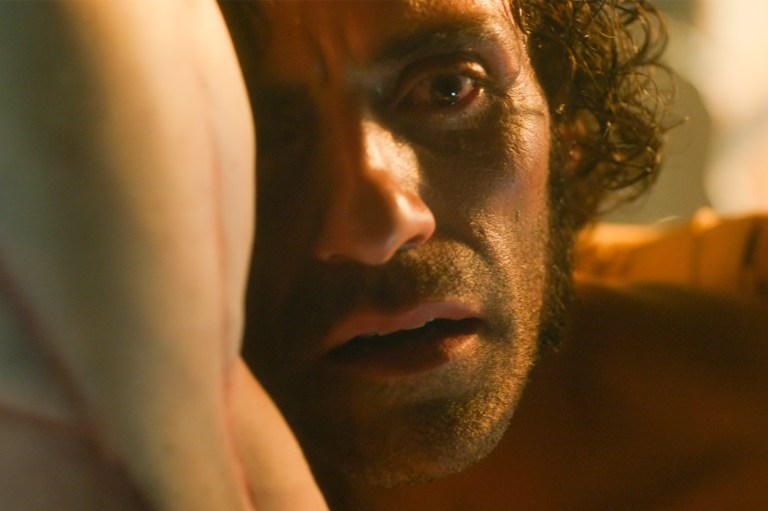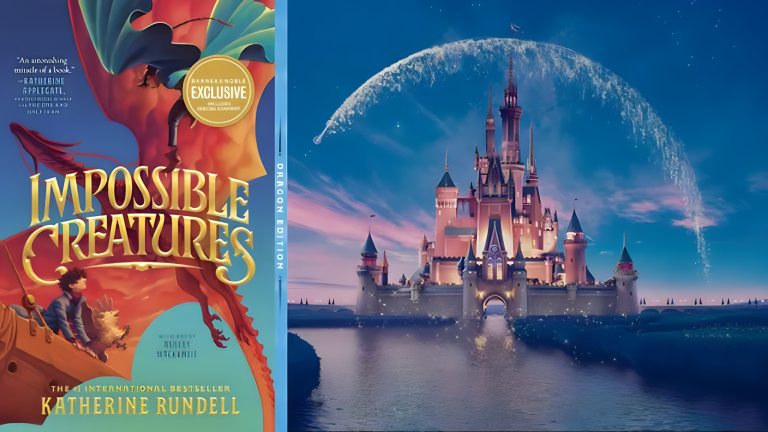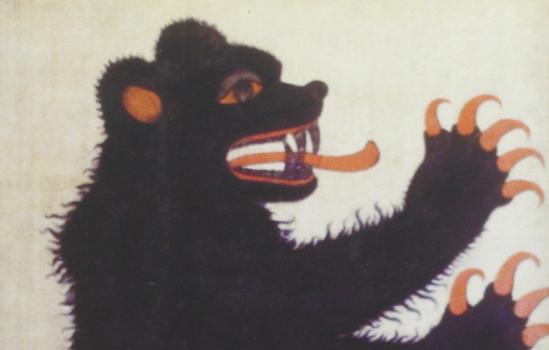
19 Marvelous, Unbelievable Books About The Strange History of Man and Animals
There are well-researched stories of dogs who died of broken hearts, elephants with grudges, dolphins who commit suicide, and other oddities that make you think and say “Wow.”
By ![]() Ryan Holiday
Ryan Holiday

There is one strange, weird topic I love reading about. I’m not the only one, in fact, there is at least a two thousand year old tradition of people pouring over books—some accurate, some not—about this unusual topic.
The topic? Animals. Not children’s books, obviously, but stories and tales of exotic beasts from faraway lands. The kinds of stories one finds in a medieval bestiary or a stranger-than-fiction narrative. Today, we’d call this subject “anthrozoology” but I promise it’s not as boring as it sounds.
For instance, did you know there is a book about the Medici’s importing a giraffe to display their power in Florence? Awesome. Have you ever heard about a federally funded retirement facility for chimpanzees in Louisiana? Did you know there is a book that details the long and twisted history of people criminally prosecuting animals for various ridiculous crimes? Did you know that Pope Leo X—patron of Da Vinci and Raphael—had a pet elephant named Hanno who lived behind the Vatican? Do you know the story of the horrific decimation of the great buffalo herds or the story of their recovery? Did you know that Pliny the Elder believed that elephants lived to be 300 years old and that chameleons subsisted on air (because he never saw them eat)?
My chase for interesting animal anecdotes has taken me to some weird books (like one that was so expensive I stole it from my college library and paid the fine which was cheaper than the book itself). I get that you’re probably not as weird about this as me, but I promise you will like these books. They are too good for you not to.
Kingdom Under Glass: A Tale of Obsession, Adventure, and One Man’s Quest to Preserve the World’s Great Animals by Jay Kirk
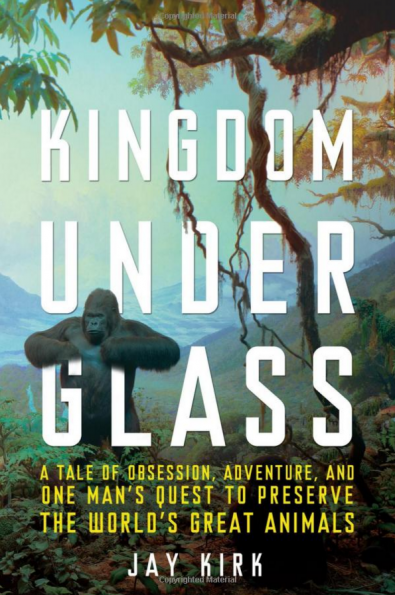
Before nature documentaries, there was really only one way for people to experience and learn about most animals: taxidermy. And it happens that one man was the Da Vinci of that art form: Carl Akeley, an early 20th century adventurer, inventor, friend of Teddy Roosevelt and, strangely, the world’s greatest taxidermist (he actually taxidermied PT Barnum’s Jumbo the Elephant.) Somehow the author managed to track down some incredibly obscure side stories that turned out to be fascinating. My favorite: Teddy Roosevelt shooting and gutting an elephant to prepare it for skinning. After they went to sleep, Roosevelt sensed something and returned to the carcass to find a hyena, which had crawled inside and been trapped by the rigor mortis. He later shot the hyena through the dead elephant. That’s the kind of story in this book. Another? Ok, Carl was once attacked by a jaguar which he managed to kill, with his bare hands…while one of them was inside the jaguar. Here’s a picture of him with it after. Lesson: Don’t attack Carl Ackley.
The Tiger: A True Story of Vengeance and Survival by John Vaillant
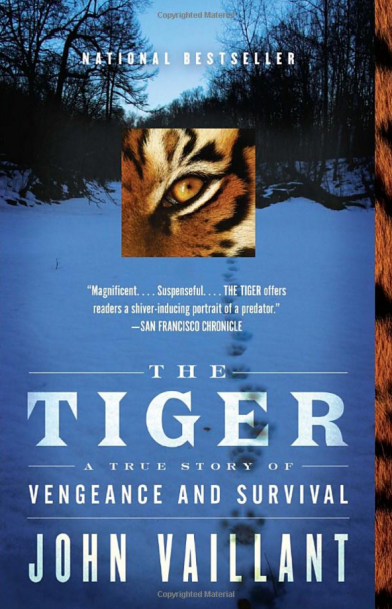
Holy shit this book is good. Just holy shit. Even if it was just the main narrative—the chase to kill a man-eating Tiger in Siberia in post-communist Russia—it would be worth reading, but it is so much more than that. The author explains the Russian psyche, the psyche of man vs predator, the psyches of primitive peoples and animals, in such a masterful way that you’re shocked to find 1) that he knows this, and 2) that he fit it all into this readable and relatively short book. You may have heard about the story in the news: a tiger starts killing people in Russia and a team is sent to kill it. When he leaps at the leader of the team, the man’s rifle goes into his mouth and down his throat all the way to the stock. The autopsy later revealed that the tiger had been shot something like a dozen times during its life and lived. Also, while we’re on the subject, a related and (I think) underrated movie worth watching is The Ghost and the Darkness with Val Kilmer, about the Tsavo man-eaters.
The Pope’s Elephant by Silvio A. Bedini
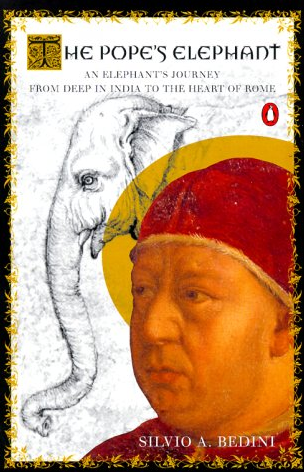
Hanno, the subject of this book, is one of the few elephants in history deserving his own Wikipedia page. The book traces Hanno’s journey from India to becoming one of Vatican’s most beloved animals (his journey supposedly kicked off Beatlemania type crowds along the way). Given to Pope Leo X as a gift from Manuel I, the king of Portugal, Hanno became a star feature in festivals and processions. Two years after arriving in Rome he fell suddenly ill and died with the pope on his side. There is also a gift of a rhinoceros, which drowned in route to Rome when its ship sank (you’ve actually probably seen a picture of it before, because it became a famous sketch known as the Durer Rhinoceros). It was stuffed and displayed in the Vatican. In any case, Hanno was so famous that Raphael wrote his eulogy. As a sidenote, my dachshund is named after Hanno.
Inside of a Dog: What Dogs See, Smell, and Know by Alexandra Horowitz

The book is the best book about dogs ever. The author did real experiments, is a real expert and isn’t just passing along personal observations. At the same time, she uses anecdotes from her dog to illustrate and explain her findings. The result is a nice mix between one of those unreadable books from a college professor and something you’d see on Oprah. The author is well-read in other fields, a skill she uses to tie in a bunch of interesting tangents. She spends a bit of time talking about flicker-fusion rates which are worth learning about (until recently, it was impossible for a dog to actually watch TV). She also uses the concept of umwelt—an organism’s understanding of the environment around it—which is an interesting exercise in empathy.
The Wauchula Woods Accord by Charles Siebert
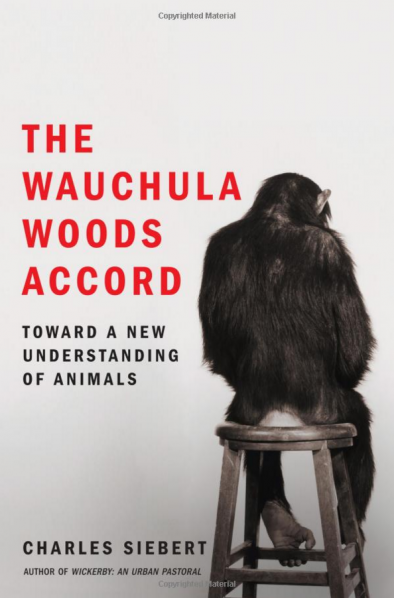
I’ve read a lot of books about exotic animals throughout history and this is the most thoughtful, well-written and interesting. It has a narrative for a change, which is nice. It’s a book about our relationship with animals and our growing understanding of their psychology and personalities, told through the events of a night the author spent with Roger, a former chimp movie star at the Center for Great Apes, a retirement home for former ape movie stars and circus entertainers in the woods of Florida. Why, he asks, are we so drawn to portraying certain species as the opposite of what they are—chimps as comical man-children, elephants as kindly old women? How is this any different than the Roman’s absurd caricatures of sex hungry apes or their belief that elephants could live to be 300 years old? I loved this book because the author says so fucking much in so few pages, without footnotes or research papers or lecturing.
The Criminal Prosecution and Capital Punishment of Animals: The Lost History of Europe’s Animal Trials by E.P Evans
This book is amazingly unreal. Pigs being strung up on the gallows or tied to the rack; Birds banished from churches; Locusts being tied in absentia; for such crimes as child-murder, pooping on priests, theft, buggery. On the one hand it’s easy to dismiss these examples as crazy people from ancient history. But on the other, think about a recent case where a woman was cleaning the cage of her pet bear which then attacked and killed her. A neighbor came upon the scene, returned to his home for a rifle and shot and killed the bear. Why? Certainly the bear was not the one behaving abnormally in this situation. It’s no more likely to kill humans in the future—before and after it was just as likely to kill: very. So why punish it? The author (who wrote the book in 1909) posits that the Church, who was responsible for trying many of these cases, wasn’t as dumb as we think. In fact, in a world of seemingly random consequences, poverty and strife, the Church exploited an opportunity to create a causal relationship that it was the only translator. Of course animals could deliberately commit heinous crimes against humans, turn to us and we’ll help you make sense of them. And people did (and still do). Very fascinating, albeit incredibly obscure book.
The Book of Imaginary Animals by Jorge Luis Borges
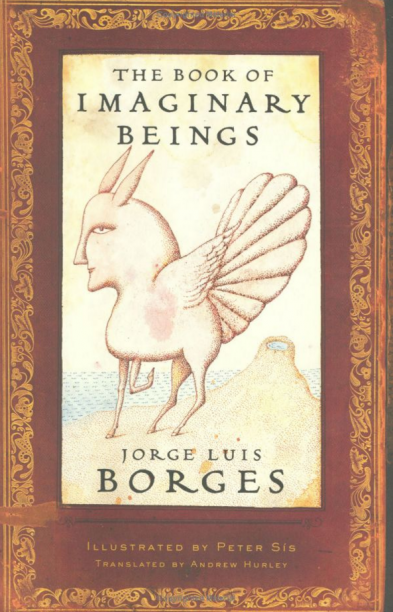
While the book above feels fake but is real, this book is fake but feels real. In a work of metafiction, Borges created a bestiary (a book which lists various types of animals and describes them) of totally fake animals. Some are from literature, some are from tall tales, some he just made up. Animals like the axehandle hound or the Cheshire Cat. It’s just a hilarious, interesting read. If I had a kid, I’d read them this book. But I don’t, so I read it to myself.
The Bear: History of a Fallen King by Michel Pastoureau
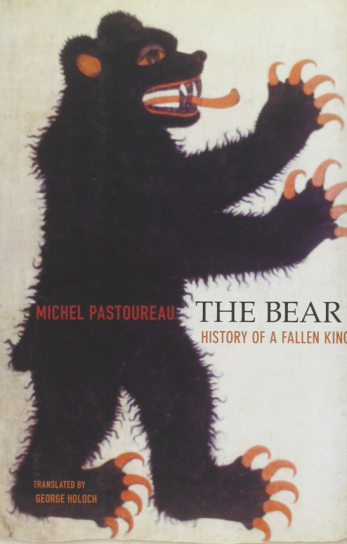
Only the Harvard University Press would pay for an author to write on such an obscure topic, but I am so glad they did. The premise is actually really interesting: for most of European history, the bear was the fearsome king of the beasts. What happened? How did the lion displace him? How did he end up a caricature of himself— the honey-loving, cuddly teddy bear? It’s a strange set of circumstance that, like all fucked up things, involves the Church. Set off by mistakes from Aristotle and Pliny (that bears copulate facing each other for one), the disconcerting human-ness of bears (walking on two legs from time to time) and a bunch of other ridiculous myths, medieval religious culture set upon and the bear and destroyed it—literally and figuratively. Bears were driven from their habitat, which drastically changed their diet (from 80% meat to 80% vegetation), and their stature diminished through new stories. It was a long fall too. From paleolithic bear cults to mythology to the Coliseum, we’d always worshipped the bear. I just didn’t know that. I’m glad this book told me the story. It’s a bit dense, but I think you’ll like it.
Lapham’s Quarterly: Animal Issue
Did they write this issue specifically for me? It feels like they did. If they didn’t I’m ok with that…because it means I’m not the only weirdo who is obsessed with this stuff. The stories in here range from contemporary profiles of the police dogs in New York City to excerpts from Virgil and Aristotle. Maybe I missed it but I didn’t find any Pliny yet, which feels like an omission. Other than that, this is great work from a great quarterly publication. (That’s right, Lapham’s is not a book but it is as long as a book and costs as much as I book so I’m putting it on here).
Animal Madness: How Anxious Dogs, Compulsive Parrots, and Elephants in Recovery Help Us Understand Ourselves by Laurel Braitman
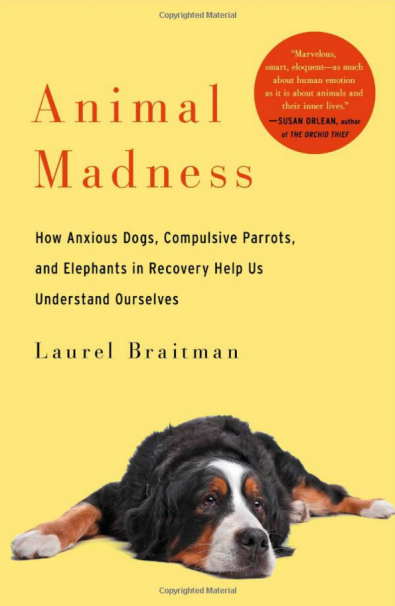
Super entertaining, incredibly empathetic and insightful. In looking at the way that animals experience mental illness we can not only better understand our pets and the nature arounds, but ourselves and own troubles as well. Anyone that has a dog or a cat should read this book. There are well-researched stories of dogs who died of broken hearts, elephants with grudges, dolphins who commit suicide, and other oddities that make you think and say “Wow.” Another good, related book: Elephants on the Edge: What Animals Teach Us about Humanity by G. A. Bradshaw
The Horse: The Epic History of Our Noble Companion by Wendy Williams
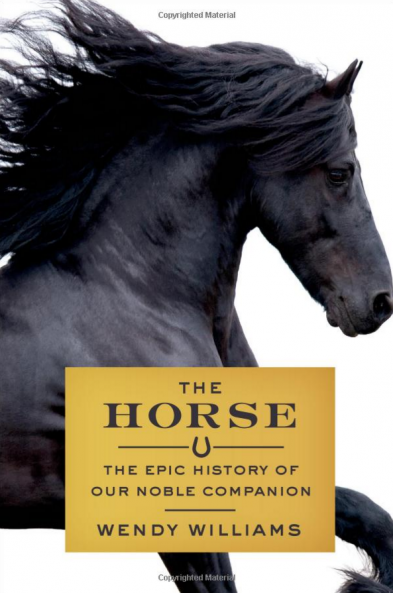
One of my favorite books I read last year (sneaked in under the wire). The author is so passionate, her history of this magnificent animal is so sweeping and captivating, her language is so beautiful. It’s just great. Plus, I learned a lot. For instance, I had no idea that there is almost no violence depicted in cave paintings (I ended up chatting about it on Ask Historians, one of my favorite places on the internet) or that a lot of archaeologists think that horses originated in North America, migrated to Europe, went extinct here and then traveled back. In this way, horses were our gift to Europe…which they gifted back to us. I wish there’d been a bit more anthrozoology in the book—there’s very little discussion of the role of the horse in history over the last 200-300 years (the most interesting part), but perhaps that’s for a second book.
Pliny: Natural History, Volume III, Books 8-11 by Pliny
Pliny’s Natural History, its 37 books covering everything from anthropology to zoology, served as a compendium of Roman knowledge. The animals section is covered in books 8 to 11 and is responsible for myths that persist to this day. Despite what you might think, ostriches do not bury their heads in the sands. Or elephants being afraid of mice? Yep, we can thank Pliny for that. Elephants, he writes “hate mice and will refuse to eat fodder that has been touched by one.” I also love the story about the elephant who he alleges wrote in the sand with his trunk, “I, Elephant, wrote this.” Of course, it is easy to snicker at these but in fact his work gets a lot right and tells us quite a bit about how we used to think about animals.
American Buffalo: In Search of a Lost Icon by Steven Rinella
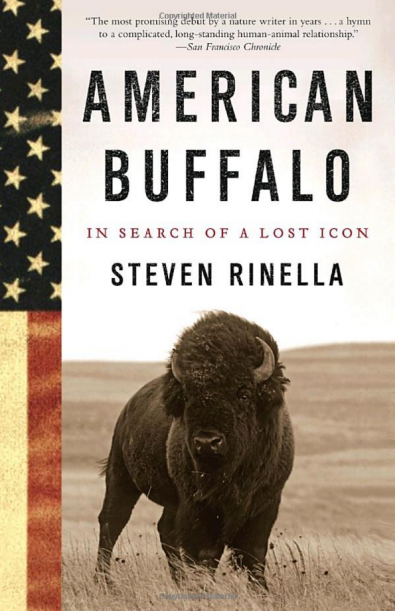
It’s not just the fascinating and exciting story of the history of the buffalo that makes his book good, it’s that it is a marvel of research and poetic writing. If you liked The Tiger, then you will like this book. It’s less violent with less suspense, but much more historical, more beautiful, and introspective. The narrative is about the author’s real hunting trip for a buffalo in Alaska, but in reality, it’s a history of an animal at the intersection of America, of the West, of modern life, of outcasts and outlaws. I mean just think about a single hunter killing 200+ buffalo in a single day. What planet does that happen on? Well, this happened on our planet, and just a little over a 100 years ago. Related and good: Buffalo for the Broken Heart: Restoring Life to a Black Hills Ranch by Dan O’Brien
Rin Tin Tin: The Life and the Legend by Susan Orlean
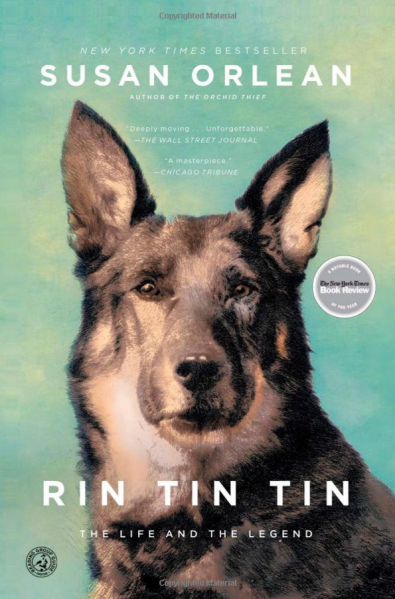
A biography of a dog? Yup. Seems ridiculous that a writer this good could or would write a biography on such a strange subject. But she did and it is excellent (it took her something like a decade to write). The best parts are when she focuses on herself, on the bond between man and animal, on our desire to make something last in the world. It’s pretty ridiculous to think that this dog was on television for longer than many of the biggest stars could ever dream of…and made more money too.
JT, JR Biography of a Monkey by Delia J Akeley
Another biography of a pet? This time a monkey? Love it. It was actually written by Carl Akeley’s wife wrote about her pet monkey in 1928. They think it may be one of the first books written from the perspective of an animal. Of course, I immediately bought it and loved it. You might too, if you can find it.
The Medici Giraffe by Marina Belozerskaya
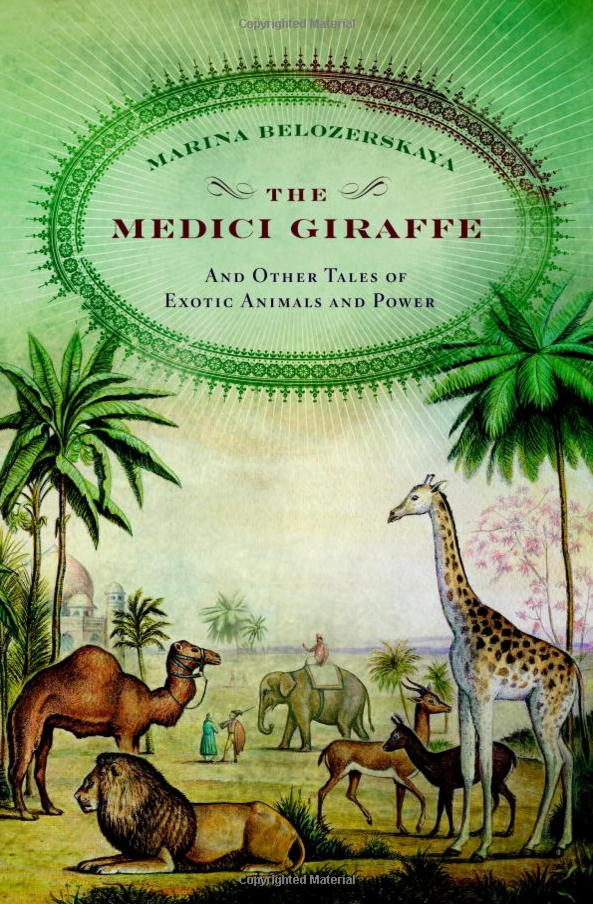
Exotic animals have always had a special place in the world of high power and politics. In the context of diplomacy and alliance-building you can trace the role of animal exchange throughout history—the book after all is titled after the giraffe Lorenzo de’ Medici was presented from an Egyptian sultan aiming to win the Italian statesman support. Or think of the giant pandas gifted from Chairman Mao Zedong to First Lady Pat Nixon (the US sent back a pair of musk oxen). Outside of the political realm, private zoos have always been marks of power and prestige. One fascinating example in the book is last century’s notorious media magnate William Hearst’s—at the time largest—private zoo (think: bears, lions, tigers, leopards, jaguars, cougars, chimpanzees and zebras).
Nim Chimpsky: The Chimp Who Would Be Human by Elizabeth Hess
In the late 1970s, an infant chimpanzee became part of an experiment at Columbia University codenamed ‘Project Nim’—an attempt to refute Noam Chomsky’s (hence the name) claim that language is only unique to humans. The question was simple: If a family adopts a chimp, will he develop language abilities? The book traces that story of Nim, from a two-week-old infant raised in a New York City family to numerous stays at various research labs struggling to adapt to conditions after being raised like a human child. This is a touching story that I suggest you check out. There’s also a great documentary with the same name.
A Lion Called Christian: The True Story of the Remarkable Bond Between Two Friends and a Lion by Anthony Bourke and John Rendall
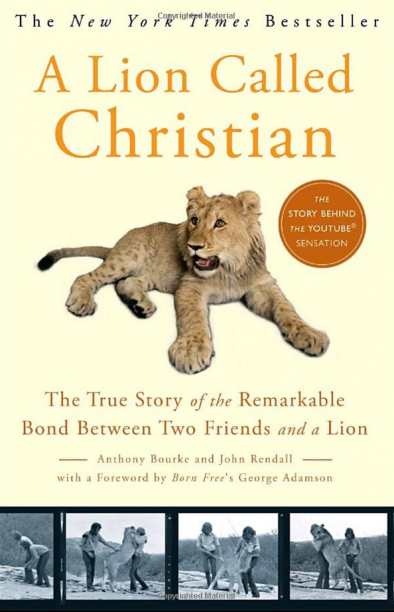
If the name of the book rings a bell, it is probably because you have seen ‘Christian the lion’, the YouTube video that has now over 12 million views. It is a quick summary of a remarkable story: two friends buy a pet lion in one of London’s most prestigious department stores and raise him in a flat in London until they have to send him to Africa once he gets too big. They visit him a year later and receive the most welcoming hugs you’d ever see a lion give. So yeah, people used to be able to get away with ridiculous stuff…and there is a lot more to the story than one might expect.
Modoc: The True Story of the Greatest Elephant That Ever Lived by Ralph Helfer
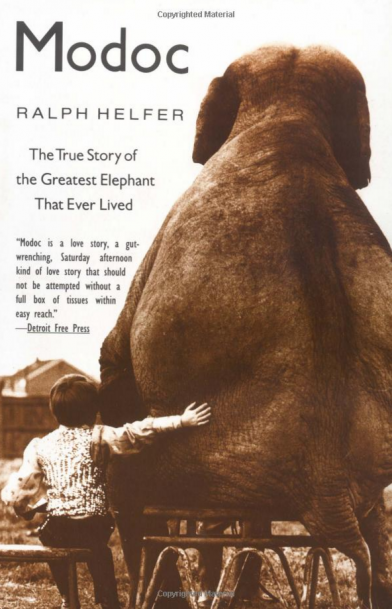
The second book on the list that is centered on an elephant, this time this one tells the story of a boy and an elephant and their lifelong friendship. It would be a friendship that would take them on numerous adventures on several continents—from a shipwreck in the Indian ocean to teak forests. Did I mention they were both born on the same day? The author, who is a notable animal behaviorist, also wrote Zamba (about his nearly two-decade bond with Zamba, a lion cub he adopted that starred in multiple movies and TV shows) and The Beauty of the Beasts (about the animal stars in Hollywood).
**
I have a lot more…but I risk embarrassing myself if I go any further. When you’ve finished reading these, let me know. I’m happy to recommend more. ![]()
